In an era where scientific discovery often feels confined to laboratories and academic journals, a surprising group of collaborators has emerged: video game players. What began as a niche experiment has blossomed into a full-fledged movement, with thousands of gamers contributing to breakthroughs in protein design—a field critical to developing new medicines, materials, and sustainable technologies. This unconventional partnership between researchers and players is rewriting the rules of how science gets done.
The concept seems almost too improbable to work. Yet, projects like Foldit—a puzzle game where players manipulate 3D protein structures—have demonstrated that human intuition can outperform even the most sophisticated algorithms. When scientists struggled for years to decipher the structure of an AIDS-related enzyme, Foldit players solved it in just three weeks. Their success wasn’t a fluke; it revealed a profound truth about the untapped potential of collective human problem-solving.
From Joysticks to Microscopes
Proteins are the workhorses of biology, their intricate folds determining how they function. Designing new proteins could unlock treatments for diseases or enzymes that break down plastics. But the combinatorial possibilities are astronomical. Traditional computational methods rely on brute-force calculations, often failing to find optimal solutions. This is where gamers excel. Their ability to recognize spatial patterns, experiment creatively, and learn from mistakes mirrors the trial-and-error of evolution itself.
Games like Foldit and Eterna translate complex biochemical rules into intuitive visual challenges. Players tug, twist, and tweak virtual proteins, earning points for stability and efficiency. The interfaces hide the underlying quantum physics, allowing anyone to contribute regardless of scientific background. Remarkably, top players—many without formal training—develop an almost instinctive grasp of protein folding principles. Some have co-authored papers in prestigious journals, their usernames listed alongside PhDs.
The Wisdom of Crowds
What makes gaming platforms uniquely powerful is their scalability. A single lab might have a handful of researchers, but a game can engage millions. This creates a Darwinian ecosystem of ideas: players share strategies, build upon each other’s designs, and collectively converge toward solutions. The diversity of perspectives is key. A retired teacher might approach a puzzle differently than a biochemistry student, and that cognitive diversity often leads to innovations algorithms would miss.
This model has proven so effective that institutions like the University of Washington and Stanford now integrate gaming into their research pipelines. Pharmaceutical companies have taken notice too, with several partnering to harness player-designed proteins for drug development. The line between entertainment and science is blurring—and accelerating discoveries in the process.
Beyond Proteins: A New Paradigm
The implications extend far beyond biochemistry. Gamification is being applied to climate modeling, quantum computing, and even space exploration. Each field faces its own version of the protein folding problem: complex systems where human creativity complements computational power. By embedding these challenges into engaging frameworks, scientists are democratizing research at an unprecedented scale.
Critics initially dismissed the approach as a gimmick, but the results speak for themselves. Player-driven projects have led to patented inventions, peer-reviewed breakthroughs, and a reimagining of who gets to participate in science. For the gamers, the rewards range from intellectual satisfaction to seeing their creations synthesized in real labs. One Foldit participant described the thrill of holding a vial containing a protein they designed: "It made me feel like I’d left my mark on the world."
The Future of Collaborative Science
As artificial intelligence advances, some wonder if human players will become obsolete. The opposite appears true. AI and gamers form a symbiotic relationship—algorithms handle repetitive tasks while humans provide the creative leaps. Hybrid systems now allow players to guide machine learning models, combining the best of both approaches. This synergy hints at a future where scientific progress is driven not just by experts, but by global communities united through play.
The protein folding games represent more than a clever recruitment tool. They challenge our assumptions about expertise, reward systems, and how breakthroughs happen. In laboratories and living rooms alike, a quiet revolution is unfolding: science is becoming a team sport, and the team just got a whole lot bigger.
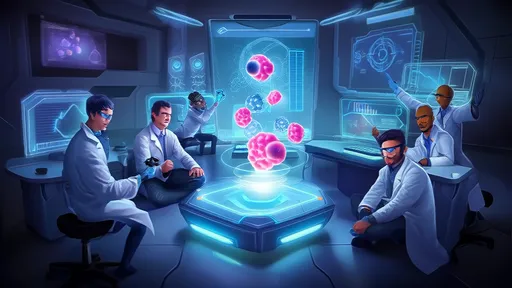
By /Jul 2, 2025
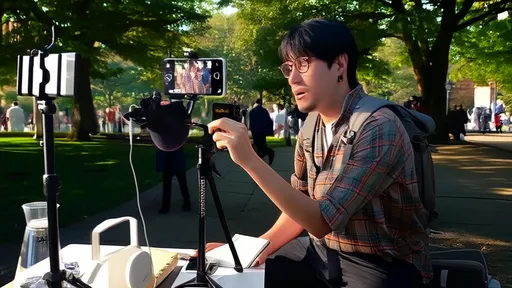
By /Jul 2, 2025

By /Jul 2, 2025
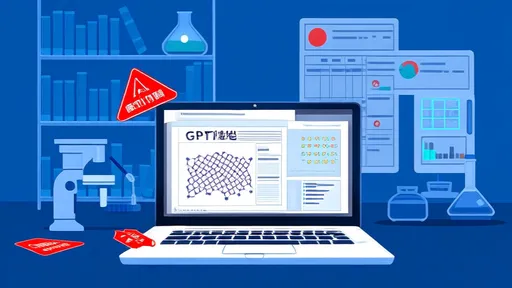
By /Jul 2, 2025
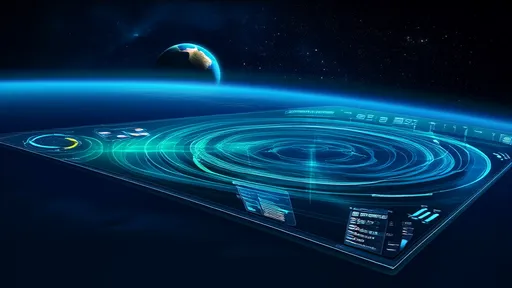
By /Jul 2, 2025
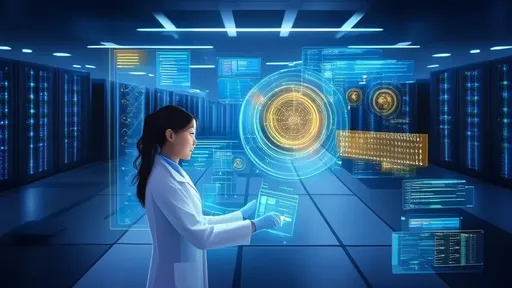
By /Jul 2, 2025
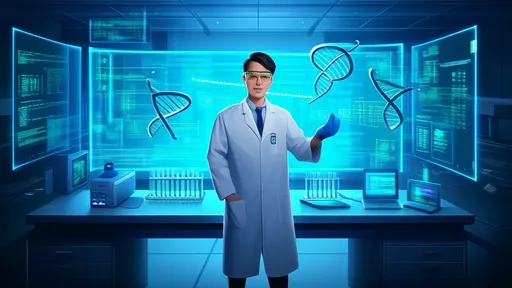
By /Jul 2, 2025
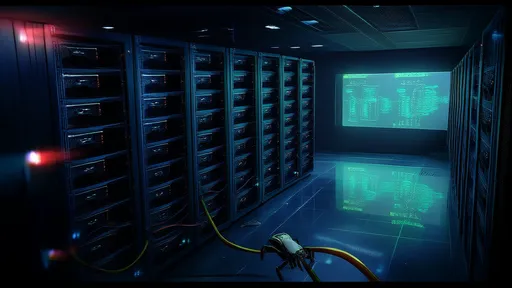
By /Jul 2, 2025
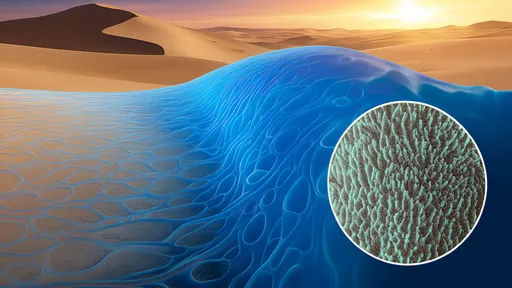
By /Jul 2, 2025
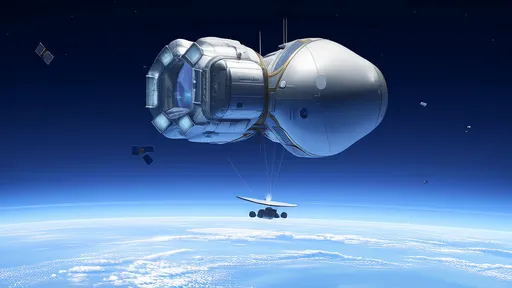
By /Jul 2, 2025
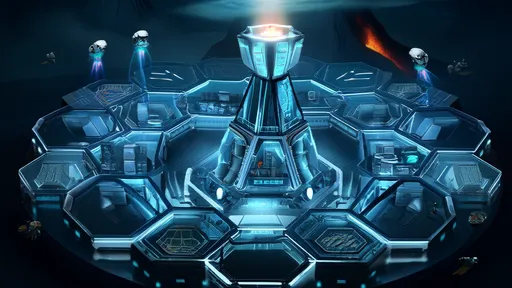
By /Jul 2, 2025
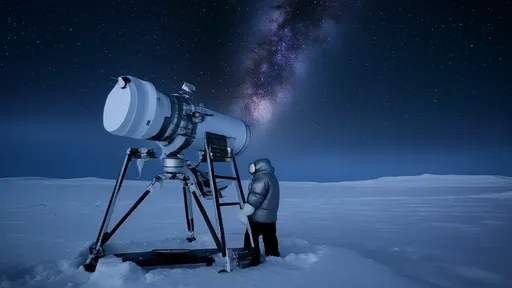
By /Jul 2, 2025
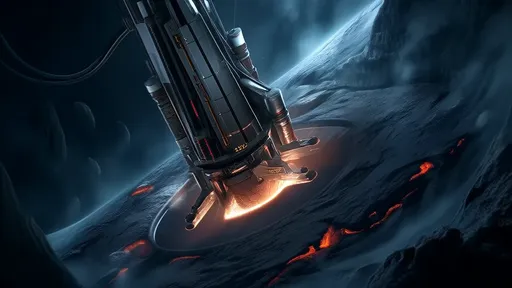
By /Jul 2, 2025
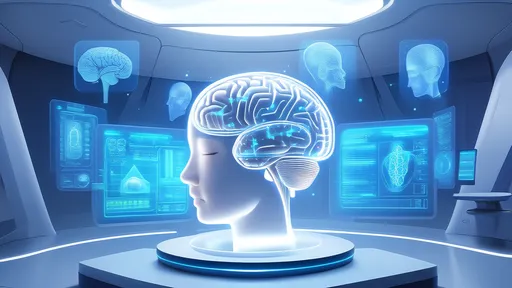
By /Jul 2, 2025

By /Jul 2, 2025
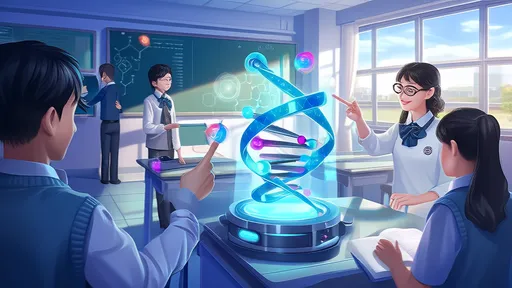
By /Jul 2, 2025
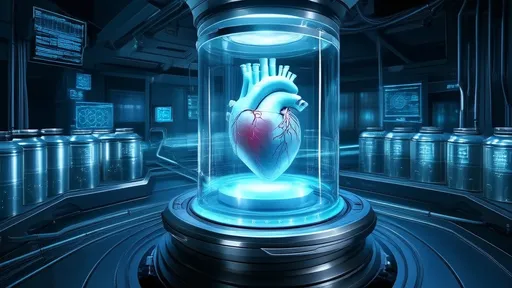
By /Jul 2, 2025
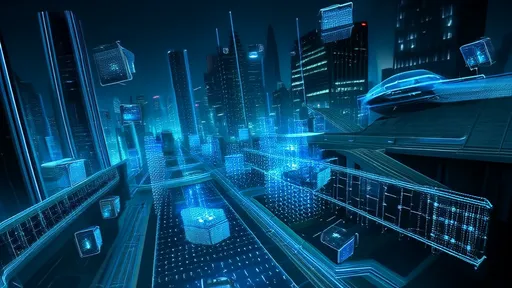
By /Jul 2, 2025
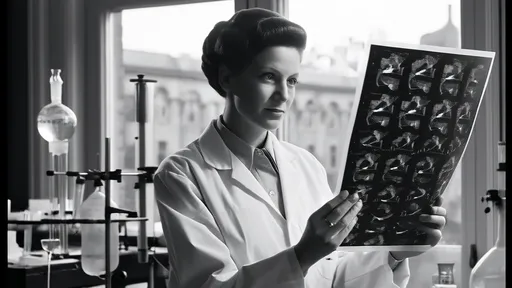
By /Jul 2, 2025
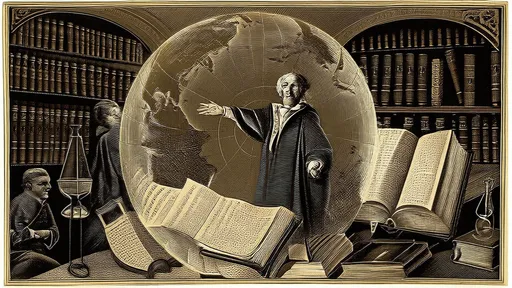
By /Jul 2, 2025